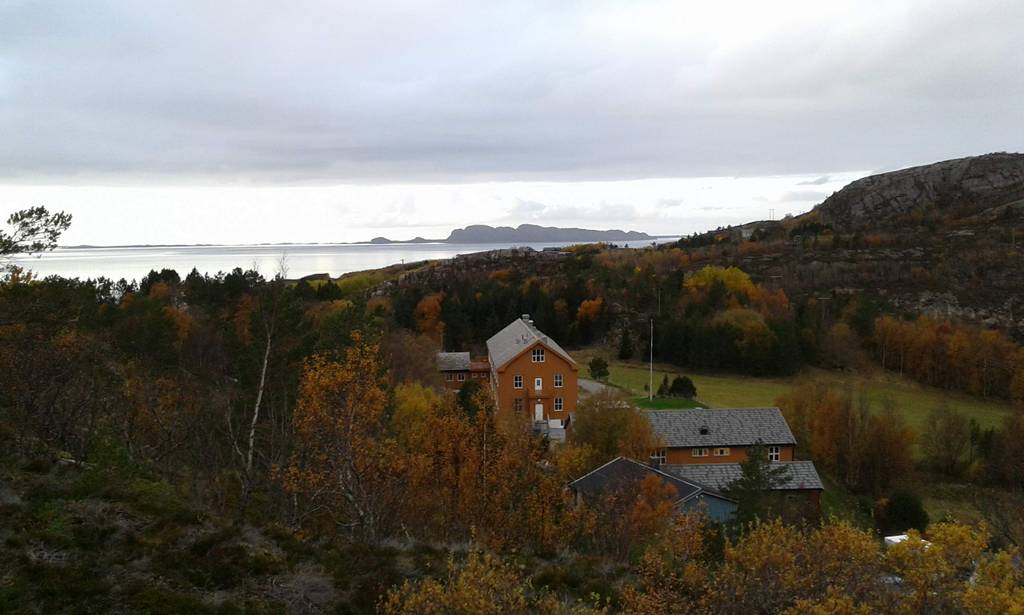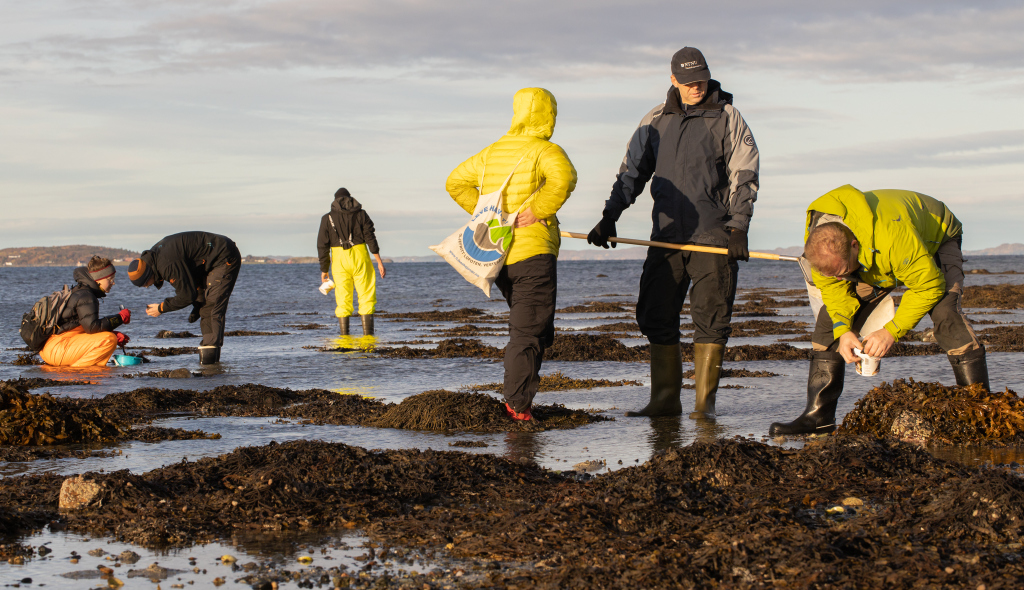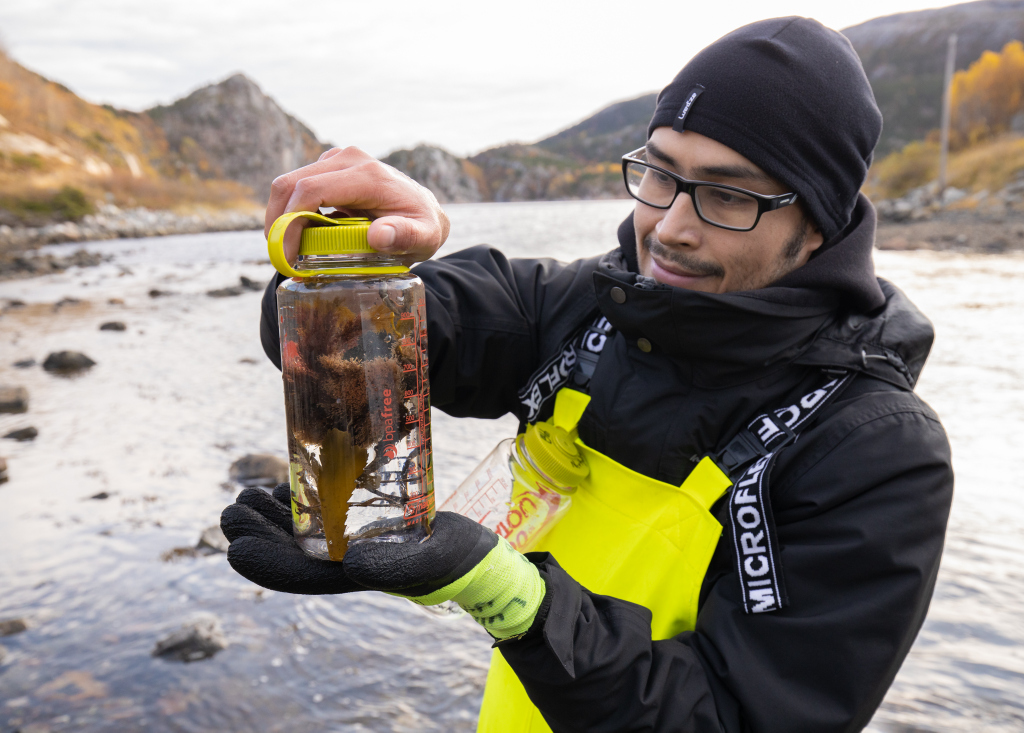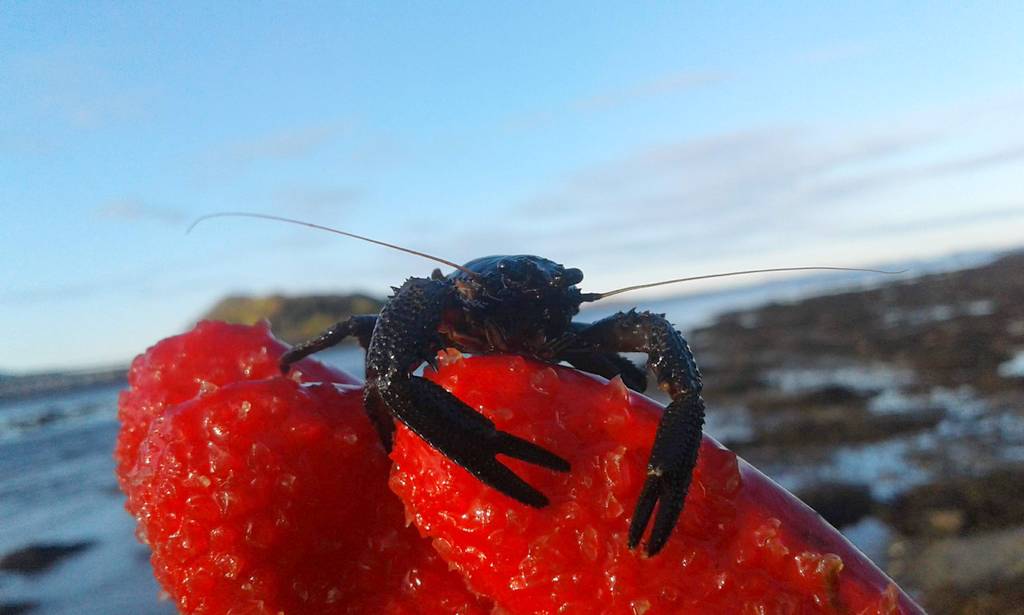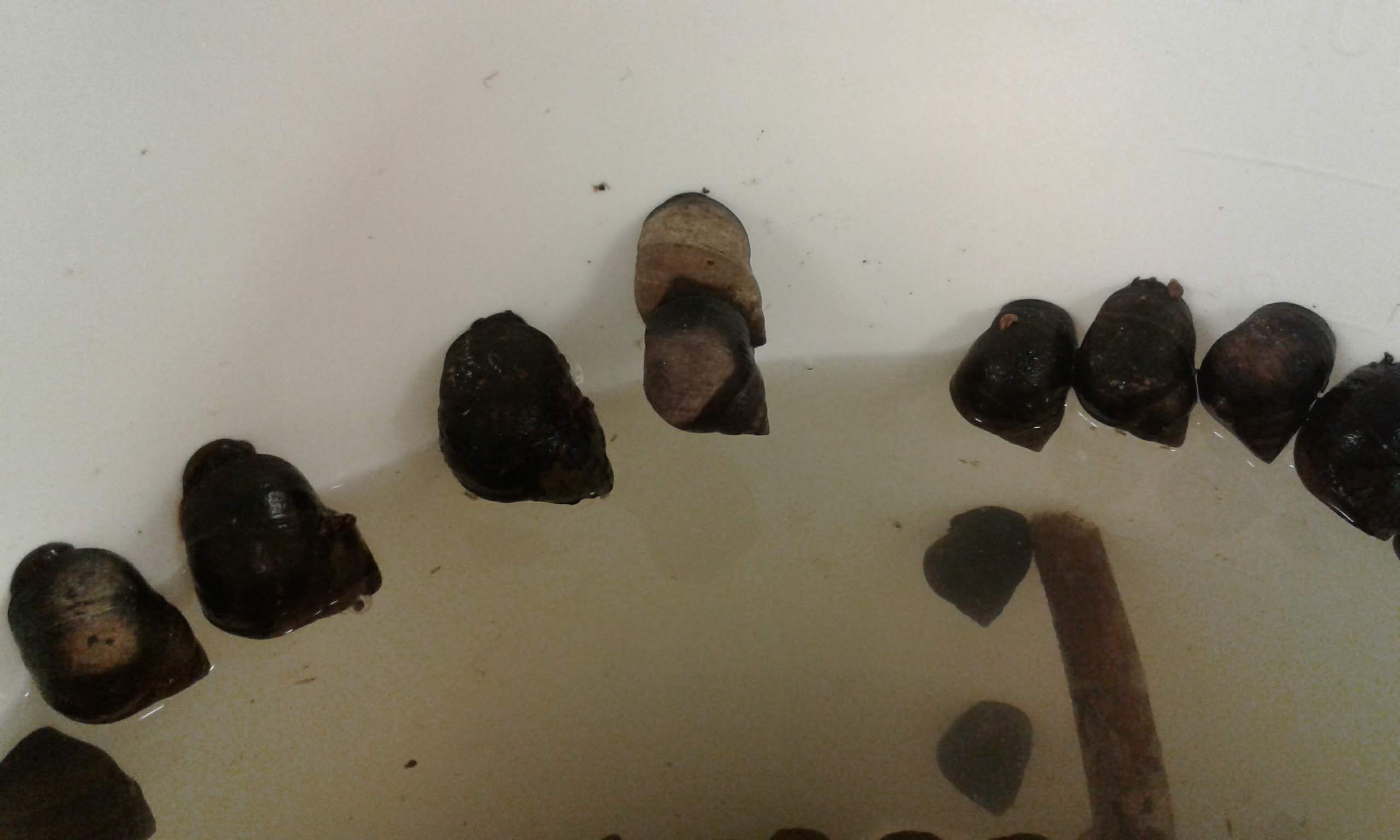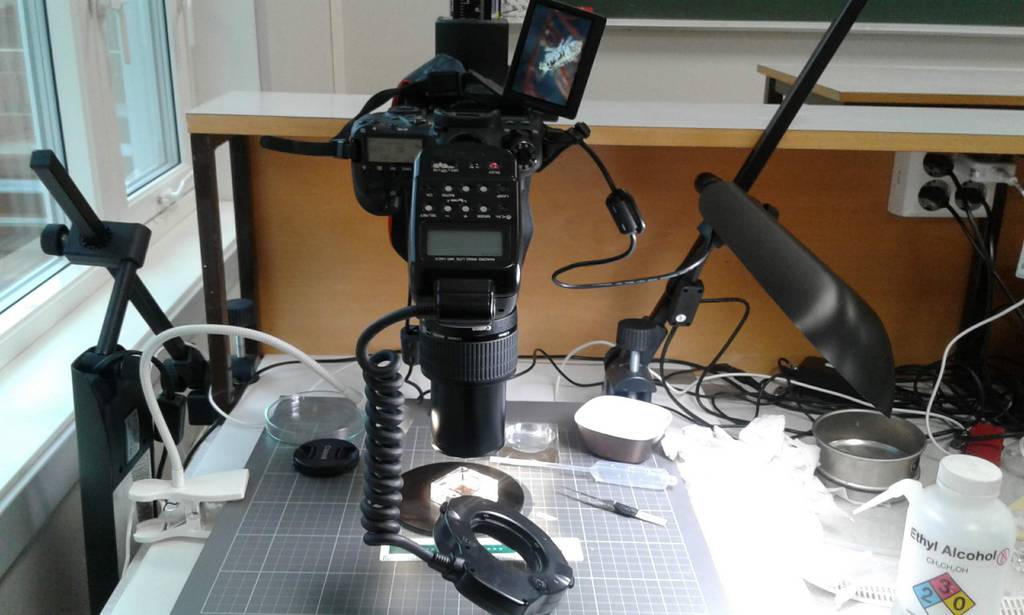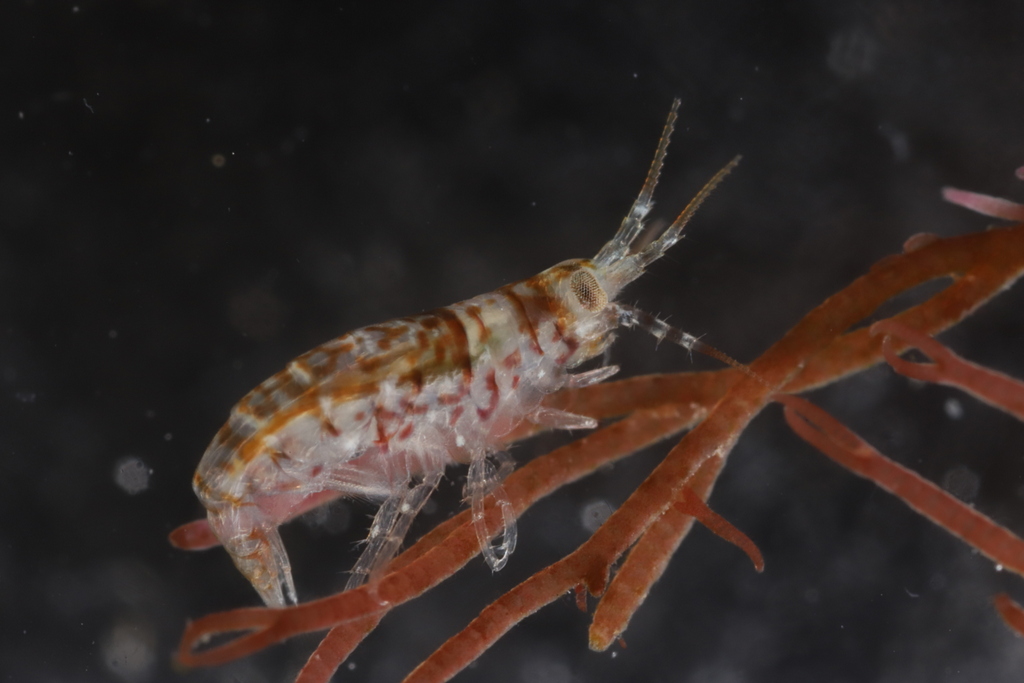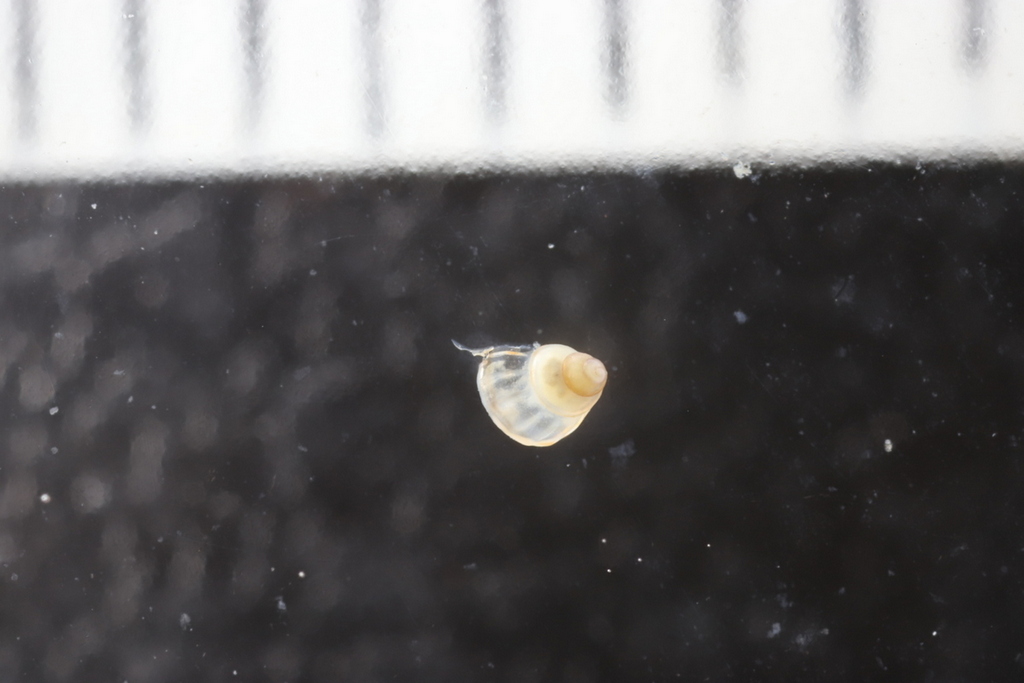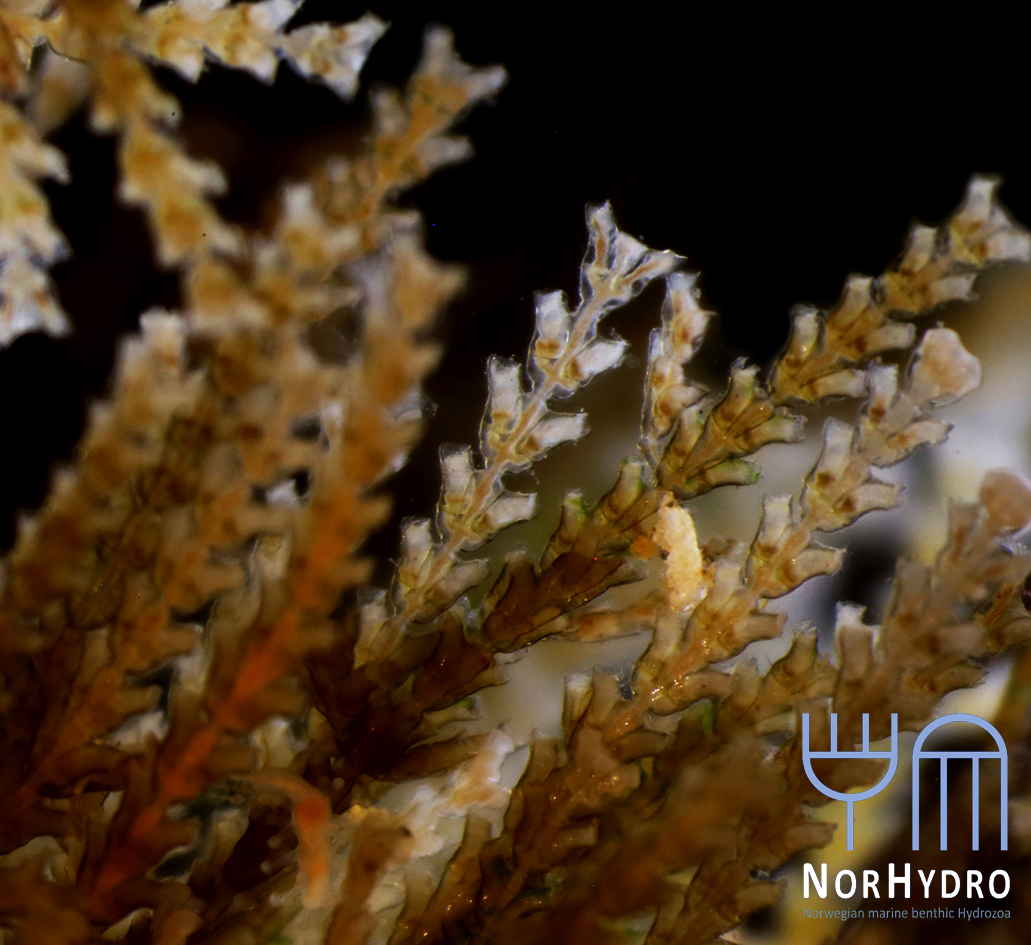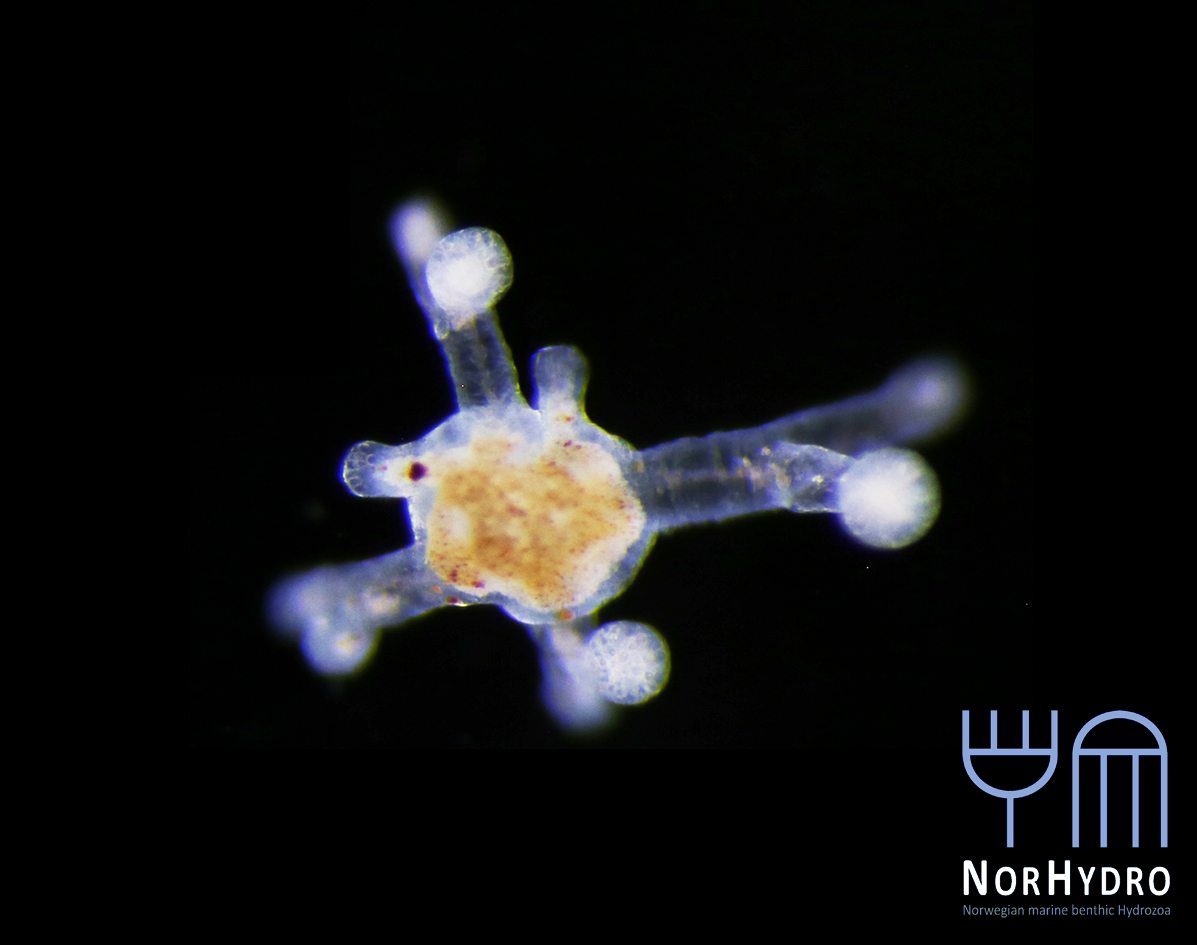Sletvik field station, October 15th-23rd 2019
- Sletvik field station, Agdenes
We wanted to make a write-up of the last combined fieldwork/workshop we had in 2019, which was a trip to the marine field station of NTNU, Sletvik in Trøndelag, in late October. From Bergen, Luis (NorHydro), Jon, Tom, and Katrine (Hardbunnsfauna) stuffed a car full of material, microscopes, and drove the ~12 hours up to the field station that we last visited in 2016. Beautiful fall in Trøndelag
Beautiful fall in Trøndelag
There we joined up with Torkild, Aina, Karstein, and Tuva from NTNU university museum, students August and Marte, and Eivind from NIVA. We also had some visitors; Hauk and Stine from Artsdatabanken came by to visit (if you read Norwegian, there’s a feature about it here), and Per Gätzschmann from NTNU UM dropped by for a day to photograph people in the field.
During a productive week the plan was to work through as much as possible of the material that we and our collaborators had collected from Kristiansand in the South to Svalbard in the North. Some of us went out every day to collect fresh material in the field close to the station.The Artsprosjekts #Sneglebuss, Hardbunnsfauna, NorHydro, and PolyPort gathered at Sletvik, and with that also the University museums of Trondheim and Bergen. Of course we were also collecting for the other projects, and the museum collections.
- The littoral zone was teeming with biologists (and some invertebrates). Photo: Per Gätzschmann, NTNU
- Busy lab, where we were sorting the fresh samples Photo: Per Gätzschmann, NTNU
- Photo: Per Gätzschmann, NTNU
- Luis in the field, showing a catch of hydroids. Photo: Per Gätzschmann, NTNU
- A squat lobster that would not let go of the red gloves before having its picture taken Photo: K. Kongshavn
- The great Littorina escape; Sletvik edition – we found them all over, as usual. One managed to clog a sink enough to cause a minor flood – that’s when it is good to be in a wet lab.
One of the things Hardbunnsfauna wanted to do whilst in Sletvik was to pick out interesting specimens to submit for DNA barcoding. This means that the animals need to be sorted from the sediment, the specimens identified, and the ones destined to become barcode vouchers must be photographed and tissue sampled, and the data uploaded to the BOLD database. We managed to complete three plates of gastropods, select specimens for one with bivalves, and begin on a plate of echinoderms, as well as sort through and select quite a few crustaceans and ascidians for further study.
- Photolab – trying to convince the amphipods to stand still so we can capture their colours Photo: K. Kongshavn
- Some seaweed to cling to helps
- Many of the gastropods were truly *tiny*, the scale above shows millimeters
- Aina did a fantastic job persuading tissue samples out of the shells of the (mostly minute) snails, and filling the three plates with tissues samples.
- Samples for barcoding
- We also managed ~half a plate of echinoderms, we’ll fill the rest as we go through more material
Collecting some fresh material was particularly important for NorHydro because the hydroids from the coasts of Trøndelag have not been thoroughly studied in recent years, and therefore we expected some interesting findings in the six sites we managed to sample. We selected over 40 hydrozoan specimens for DNA barcoding, including some common and widespread hydroids (e.g. Dynamena pumila), some locally abundant species (e.g. Sarsia lovenii) and exceptionally rare taxa, such as the northernmost record ever for a crawling medusa (Eleutheria dichotoma). We also used a small plankton net to catch some of the local hydromedusae, and found many baby jellyfish belonging to genus Clytia swimming around the field station.
- Dynamena pumila. Photo: L. Martell
- Eleutheria dichotoma. Photo: L. Martell
- Clytia sp. Photo: L. Martell

Plan B when the animals (in this case Leuckartiara octona) won’t cooperate and be documented with the fancy camera; bring out the cell phones!
It was a busy week, but combining several projects, bringing together material spanning all of Norway, and working together like this made it extremely productive!
Thank you very much to all the participants, and to all the people who have helped us gather material so far!
-Katrine & Luis

